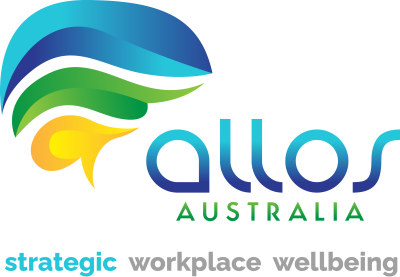We often think of workplace hazards as physical dangers like slippery floors or heavy machinery. But what about the invisible threats that affect our mental wellbeing? These are Psychosocial Hazards, and they’re just as important to address for a safe and healthy work environment.
What are Psycho-Social Hazards?
Psychosocial hazards are any aspects of the work design, environment, and management that have the potential to cause psychological harm eg;
- Bullying and harassment: Any form of intimidation, abuse, or discrimination.
- High job demands: Excessive workload, unrealistic deadlines, long hours.
- Low job control: Lack of autonomy, rigid procedures, limited input in decision-making.
- Poor support: Lack of support from supervisors or colleagues, inadequate training, poor communication.
- Lack of role clarity: Unclear expectations, conflicting demands, constant changes.
- Poor work-life balance: inability to disconnect from work, long commutes, inflexible schedules.
What are the most common consequences of Psycho-Social Hazards?
- Increased stress, anxiety, and depression.
- Burnout.
- Sleep disturbances.
- Reduced job satisfaction and motivation.
- Increased absenteeism and presenteeism.
- Physical health problems.
The Silent Epidemic: Why Addressing Workplace Bullying is Critical for Organisational Success
Workplace bullying, often hidden in plain sight, is arguably the most prevalent and insidious psychosocial hazard plaguing organisations today. It’s a silent epidemic with far-reaching consequences, impacting not only the targeted individuals but also the overall health and productivity of the entire organisation.
While some might dismiss bullying as mere “personality clashes” or “tough management,” its impact is far from trivial. Failing to implement proactive and preventative strategies against bullying can lead to a cascade of negative consequences for organisations, including:
- Decreased productivity and morale.
- Increased absenteeism and turnover.
- Damaged reputation and employer brand.
- Legal and financial repercussions.
- Erosion of trust and collaboration.

How do Proactive Workplaces respond to Bullying?
Prevention is Key
- Clear Policies and Procedures: Establish a comprehensive anti-bullying policy that defines unacceptable behaviour, outlines reporting procedures, and emphasises a zero-tolerance approach.
- Education and Training: Conduct regular training sessions for all employees on recognising bullying, its impact, and how to respond appropriately. This includes bystander intervention training to empower colleagues to safely intervene or report incidents.
- Culture of Respect: Foster a positive workplace culture that values respect, diversity, and inclusivity. Encourage open communication and create a safe space for employees to raise concerns without fear of retaliation.
- Leadership Commitment: Secure visible and vocal commitment from leadership to create a bullying-free workplace. Leaders should model respectful behaviour and actively promote a culture of psychological safety.
Swift and Effective Response
- Multiple Reporting Channels: Provide various confidential reporting channels, such as a dedicated hotline, online forms, or designated personnel, to encourage victims and witnesses to come forward.
- Thorough and Impartial Investigations: Take all complaints seriously and conduct prompt, thorough, and impartial investigations. Ensure confidentiality for all parties involved and document all findings.
- Appropriate Disciplinary Action: Appropriate and consistent disciplinary action against those found guilty of bullying.
- Support for Victims: Provide access to confidential support services, such as counselling and employee assistance programs,
- Continuous Monitoring and Evaluation: Regularly review policies, procedures, and training programs to ensure their effectiveness.
Remember proactive workplaces understand that addressing bullying is not just about compliance but about creating a thriving environment where employees feel safe, respected, and valued. By taking a preventative and responsive approach, they foster a culture of wellbeing and productivity, ultimately benefiting both individuals and the organisation as a whole.
References
Safe Work Australia – www.safeworkaustralia.com.au
People at Work – www.peopleatwork.gov.au
The OHS Body of Knowledge – www.ohsbok.org.au

